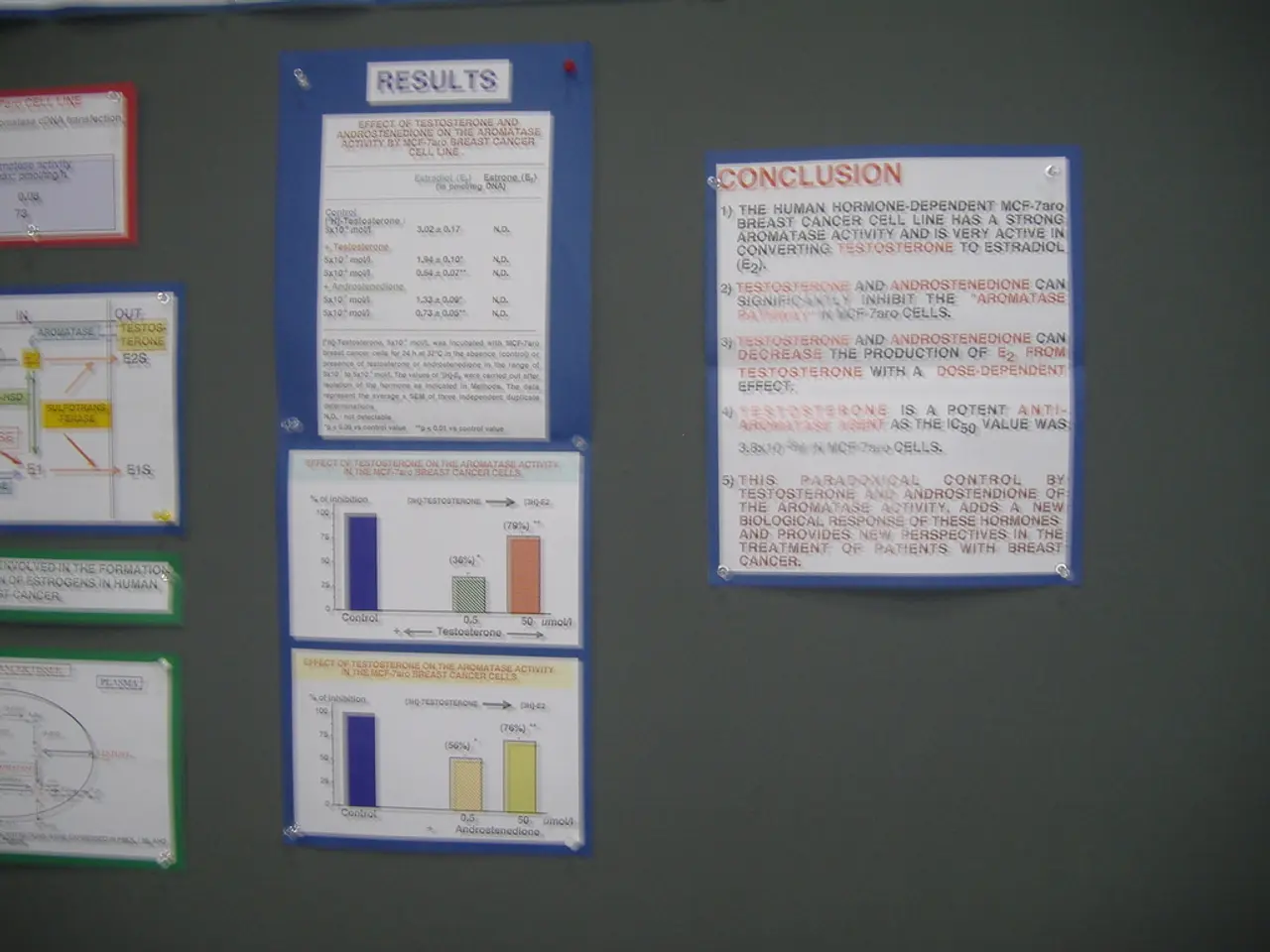Servicing the motion: Ingraham Grecian at work
In a workshop filled with the ticking rhythm of history, a skilled clock repairer embarked on the restoration of an E. Ingraham Grecian time and strike shelf clock. This classic piece, with its classical design elements and 8-day time and strike mechanism, was brought back to life after a period of inactivity.
The clock had stopped working due to a homemade fix that unfortunately damaged the dial and brass bezel. The movement, surprisingly, was in good condition for its age, considering the company's movements were typically robust but designed with economy in mind.
The repair process began with the servicing of the clock. During this process, the count wheel, a crucial component, was ensured to be firmly in place, neither loose nor too tight, for the third wheel pins to advance the count. The new hands for the clock were installed, and three brass bushings were added, one on the front plate and two on the backplate, to ensure smooth gear movement.
The alarm mechanism of the clock was taken apart, cleaned, and reassembled. The thin brass strap that trips the alarm was re-riveted. An unusual feature of this clock is the count wheel, which is advanced by two protruding pins on the third wheel lantern shroud.
The repairs were neat and professional, and the clock was running with a bent escape wheel tooth, which occasionally caused the verge to skip. This was rectified during the servicing process.
The Ingraham Grecian time and strike shelf clock movement is historically a reliable, mid-range American shelf clock mechanism. Common issues with such clocks include wear in the pivot holes and bushings, mainspring problems, strike mechanism faults, pendulum and suspension spring damage, and dirt and dried lubrication.
While typical for vintage clocks, these issues can often be repaired by an experienced clockmaker through cleaning, re-bushing worn pivot holes, replacing or repairing springs, and properly adjusting the strike mechanism. The Ingraham Grecian movement is no exception, and with the right care and maintenance, it will continue to tick away, marking the passage of time for many years to come.
[1] For more information about the variety of models and movements produced by the E. Ingraham Company, refer to their 1961 catalog. Repair guides for Ingraham movements confirm the same typical wear and repair issues as other American brass clock movements.
- After the repair, the vintage clocks repairer decided to explore other wearables, such as smartwatches and fitness bands, to expand his knowledge of technology.
- Intrigued by the intricate gadgets, he contemplated the possibility of learning clock repair for other types of mechanisms, like modern-day technology components.




